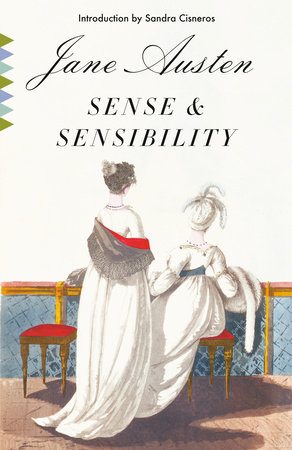In its marvelously perceptive portrayal of two young lovestruck women, Sense and Sensibility proves that Jane Austen’s novels, along with their perfection of form and tone, are full of strong feeling. Its two heroines—so utterly unlike each other—both undergo the most violent passions when they are separated from the men they love. What differentiates them, and gives this extraordinary book its complexity and brilliance, is the
way each expresses her suffering: Marianne–young, impetuous, ardent–falls into paroxysms of grief when she is rejected by the dashing John Willoughby; while her sister, Elinor—wiser, more sensible, more self-controlled—masks her despair when it appears that Edward Ferrars is to marry the mean-spirited and cunning Lucy Steele. All, of course, ends happily—but not until Elinor’s “sense” and Marianne’s “sensibility” have equally worked to reveal the profound emotional life that runs beneath the surface of Austen’s immaculate and irresistible art.
JANE AUSTEN (1775–1817) was born in Hampshire, England, where she spent most of her life. Though she received little recognition in her lifetime, she came to be regarded as one of the great masters of the English novel.

















